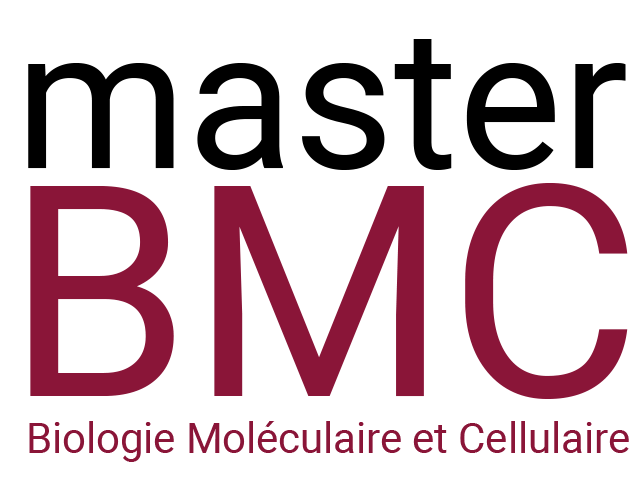Equipe d’Accueil : Biology of phagocytes, infection and immunity
Intitulé de l’Unité : Institut Cochin,Inserm U1016-CNRS UMR8104-Université Paris Cité
Nom du Responsable de l’Unité : Florence Niedergang
Nom du Responsable de l’Équipe : Florence Niedergang
Adresse : 22, rue Méchain, 75014 Paris
Responsable de l’encadrement : Ignacio Garcia-Verdugo
Tél : 0140516406 Fax : ……………………… E-mail: ignacio.garcia-verdugo@inserm.fr
Background.
Alveolar macrophages (AMs) reside in the alveolar space and play a central role in host defense. In particular, they can detect invading bacteria and viruses through pattern recognition receptors (PRRs) expressed on the membrane and in the cytoplasm, leading to the secretion of proinflammatory cytokines and interferons. Moreover, AMs are capable of efficiently internalizing and destroying pathogens that reach the alveoli. However, respiratory viral infections can significantly impair AM function. Following viral infection, macrophages may acquire a paralyzed phenotype characterized by reduced phagocytic capacity and impaired antimicrobial sensing, which contributes to secondary bacterial infections often associated with viral pneumonia. The mechanisms underlying this dysfunction remain poorly understood.
Lung epithelial cells (ECs), the primary targets of respiratory viruses, share the alveolar niche with AMs. Under homeostatic conditions, ECs support AM development and maintenance, for instance through the secretion of GM-CSF. In addition, cell–cell interactions (e.g., via CD200) are known to influence AM activation state. We hypothesize that during infection, ECs secrete soluble factors that contribute to the induction of the paralyzed phenotype in AMs
Research Strategies.
To investigate the impact of epithelial-derived soluble factors on macrophage function, we will culture human monocytic cell lines (THP-1) and human primary monocyte-derived macrophages with conditioned media from lung epithelial cells either uninfected or infected with influenza virus or rhinovirus. Following exposure to the conditioned media, macrophages will be assessed for:
– Phagocytic activity (via internalization of pHrodo-labeled bacteria) by confocal microscopy
– Expression of activation markers (CD14, CD206, CD64, CD11b) by flow cytometry
– Production of interferons and proinflammatory cytokines in response to PRR ligands (targeting TLR, RIG-I, STING pathways) and living bacteria using ELISA
Additionally, we will perform knockdown experiments targeting key viral sensing pathways in epithelial cells (e.g., RIG-I, TBK1, IRF-3) to determine their role in the production of factors that modulate AM function.
Conclusion. This project aims to elucidate the molecular mechanisms by which lung epithelial cells influence alveolar macrophage function under both homeostatic and infectious conditions. The findings may provide new insights into the pathogenesis of virus-induced immune dysregulation in the lung.
Dernières Publications en lien avec le projet :
Martín-Faivre et al (2025). Pulmonary delivery of silver nanoparticles prevents influenza infection by recruiting and activating lymphoid cells. Biomaterials 312:122721. Faure-Dupuy et al. (2024). ARL5b inhibits human rhinovirus 16 propagation and impairs macrophage-mediated bacterial clearance. EMBO Rep. 25:1156-1175. Jubrail et al. (2020). Arpin is critical for phagocytosis in macrophages and is targeted by human rhinovirus. EMBO Rep. 21:e47963. Villeret et al. (2018). Silver Nanoparticles Impair Retinoic Acid-Inducible Gene I-Mediated Mitochondrial Antiviral Immunity by Blocking the Autophagic Flux in Lung Epithelial Cells. ACS Nano. 12:1188.
Ce projet s’inscrit dans la perspective d’une thèse :
si oui type de financement prévu : Ecole Doctorale
Ecole Doctorale de rattachement : BioSPC

